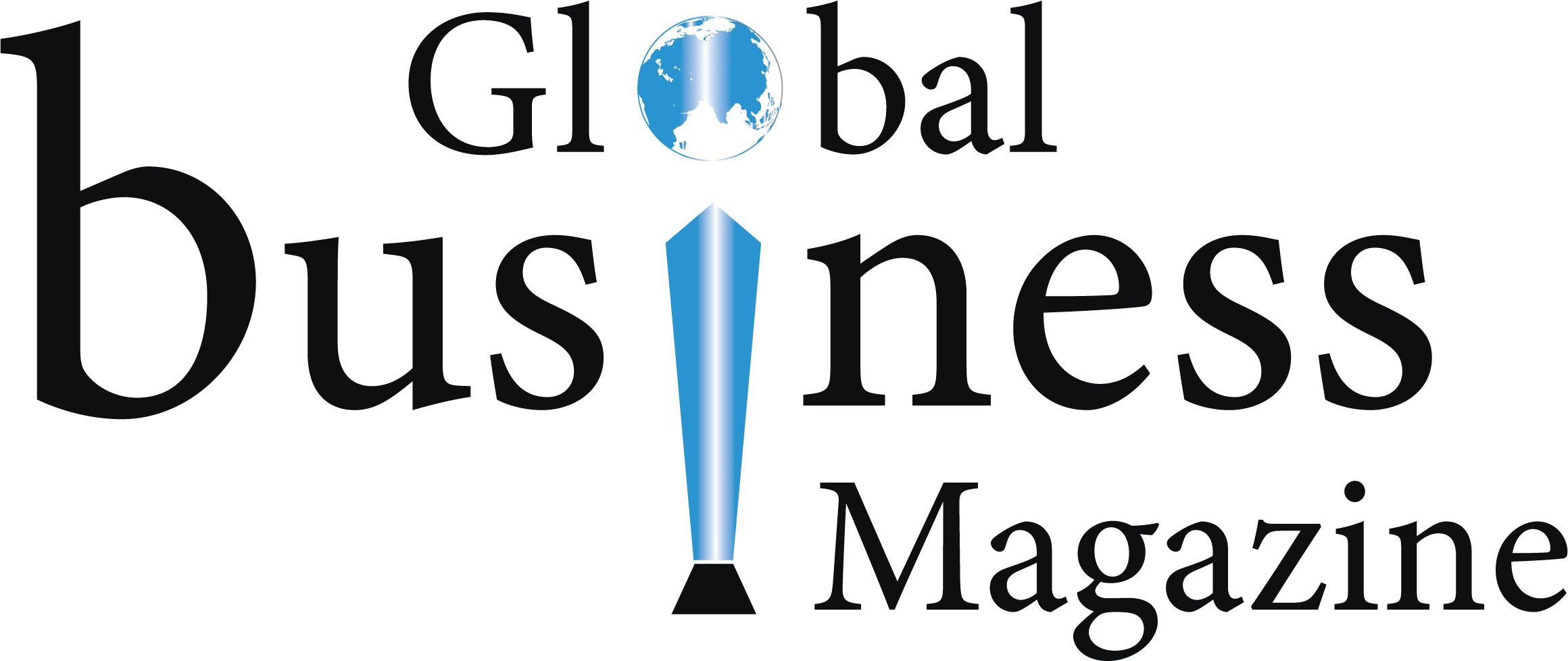
US Banking Crisis Likely to Push It’s Economy into Recession in 2023
The US Federal Reserve on Wednesday said that fallout from the US banking crisis was likely to cause the economy to tilt into recession later this year.
In papers released on Wednesday, which include minutes from the March meeting of the Federal Open Market Committee (FOMC), the US Federal Reserve revealed that staff economists projected a mild recession starting later this year, with a recovery over the subsequent two years, due to potential repercussions from the failure of Silicon Valley Bank, Signature Bank, and other financial sector tumult.
US Federal Reserve’s Vice Chair for Supervision Michael Barr described the banking sector as sound and resilient, but projections from the Federal Reserve officials showed gross domestic product growth of just 0.4% for all of 2023.
Atlanta Fed, which tracked a first-quarter gain of around 2.2%, indicated a pullback later in the year. The Fed has had to create emergency lending facilities to ensure banks could continue operations following the collapse of Silicon Valley Bank, the 17th largest institution in the US, and two others.
FOMC officials voted to increase the benchmark borrowing rate by 0.25 percentage points, bringing the fed funds rate to a target range of 4.75%-5%, its highest level since late 2007. The rate hike came less than two weeks after Silicon Valley Bank’s collapse following a run on the deposits.
US Policy Makers Query
According to a report from the US-based financial news website www.BizReport.com, which is recognized internationally as a leading source for Internet marketing and e-commerce news, several policymakers questioned whether to hold rates steady as they watched to see how the crisis unfolded. They relented and agreed to vote for another rate hike because of elevated inflation, the strength of the recent economic data, and their commitment to bring inflation down to the Committee’s 2 percent longer-run goal.
In fact, the minutes noted that some members were leaning toward a half-point rate rise prior to the banking problems. Officials said inflation was much too high though they stressed that incoming data and the impact of the hikes will have to be considered when formulating policy ahead.
Though inflation data has been cooperative with the Fed’s aims, a monthly survey from the New York Fed showed that inflation expectations over the next year increased half a percentage point to 4.75% in March. The personal consumption expenditures price index, which is the inflation gauge policymakers watch the most, increased just 0.3% in February and was up 4.6% on an annual basis.
Earlier on Wednesday, the consumer price index (CPI) showed a rise of just 0.1% in March and decelerated to a 5% annual pace, the latter figure down a full percentage point from February, the report said.
However, that headline CPI reading was held back mostly by tame food and energy prices, and a boost in shelter costs drove core inflation higher by 0.4% for the month and 5.6% from a year ago, slightly above where it was in February. The Fed expects housing inflation to slow through the year.
The Fed’s concern over broader economic conditions remained high, particularly considering the banking problems. Officials said they expect lending to tighten and credit conditions to deteriorate, even with the actions taken. The minutes noted that the programs helped get the industry through its troubles, but participants recognized that there was significant uncertainty as to how those conditions would evolve.
The staff’s projection of a mild recession starting later this year raises concerns about the economy’s future. The Fed has been focused on keeping inflation down, the report added.
The US Federal Reserve has raised interest rates nine times between March 2022 and 2023.











